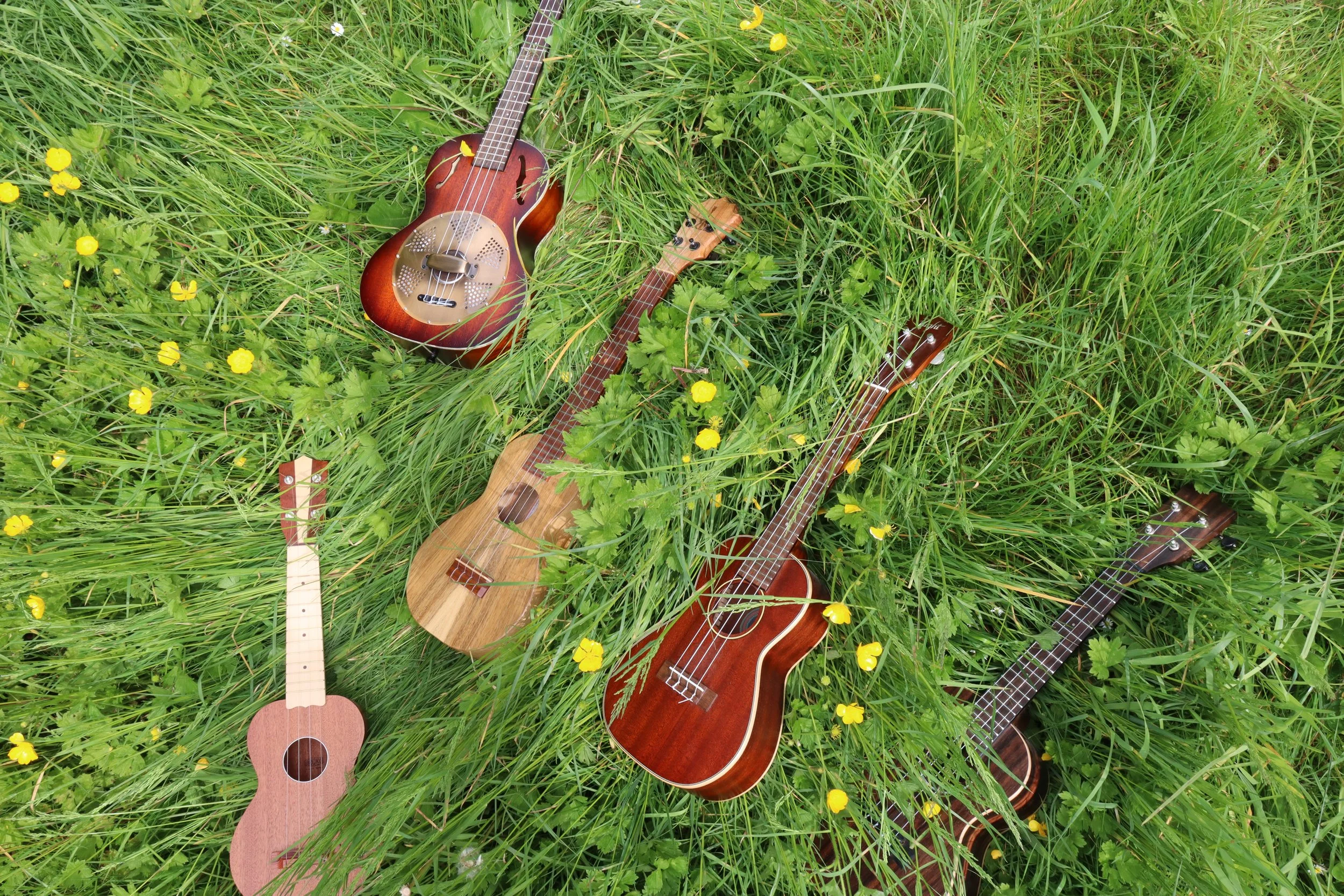It is with great pleasure that I’m currently discovering this unique and resonant instrument. A new adventure begins, yet in familiar terrain: the neck of a low-G tenor ukulele.
On either side, strings:
Are you interested in this harp-ukulele? Contact me at ukuleleroadtrips [@] gmail.com
Handcrafted, one build only, 1900$ with special case.
Description from the Luthier
A magnificent harp-ukulele equipped with 6 bass strings, 4 tenor ukulele strings, and 3 high-pitched strings.
This is a full wooden harp-ukulele; both the body and neck are made from a single block of mahogany. The top is made from ancient cedar, the ukulele fingerboard is ebony, and the other fingerboards and the bridge are made from rosewood. The nut and saddle are made from bone and ebony.
The right-hand neck, with frets, is tuned like a normal tenor ukulele or in open tuning. The left-hand bass strings (harp strings) serve both to provide sustain and to be used as melodic strings. They can be tuned however you like. The higher-pitched left-hand strings are designed like the chanterelles of a Djeli ngoni to provide melodic support. These too can be tuned as you wish. The frets are XL, individually crafted and polished hemispherically.
It has a fantastic sound, with the mahogany top offering excellent precision and definition.
As for the finish, it is oiled, specifically with Rubio’s drying oil. This oil is the result of years of R&D to create a product that reacts naturally with the cellulose of wood to protect it. It’s an environmentally-friendly product with no emissions, water, or solvents in the formula: 0% VOC. The product has been tested to meet various standards: Gold label for a healthy indoor environment (0% VOC), Food Contact label for use on work surfaces or tables, EN 71-3 toy standard, A+ rated.
It is electroacoustic, equipped with a fantastic K&K Aloha Twin microphone.




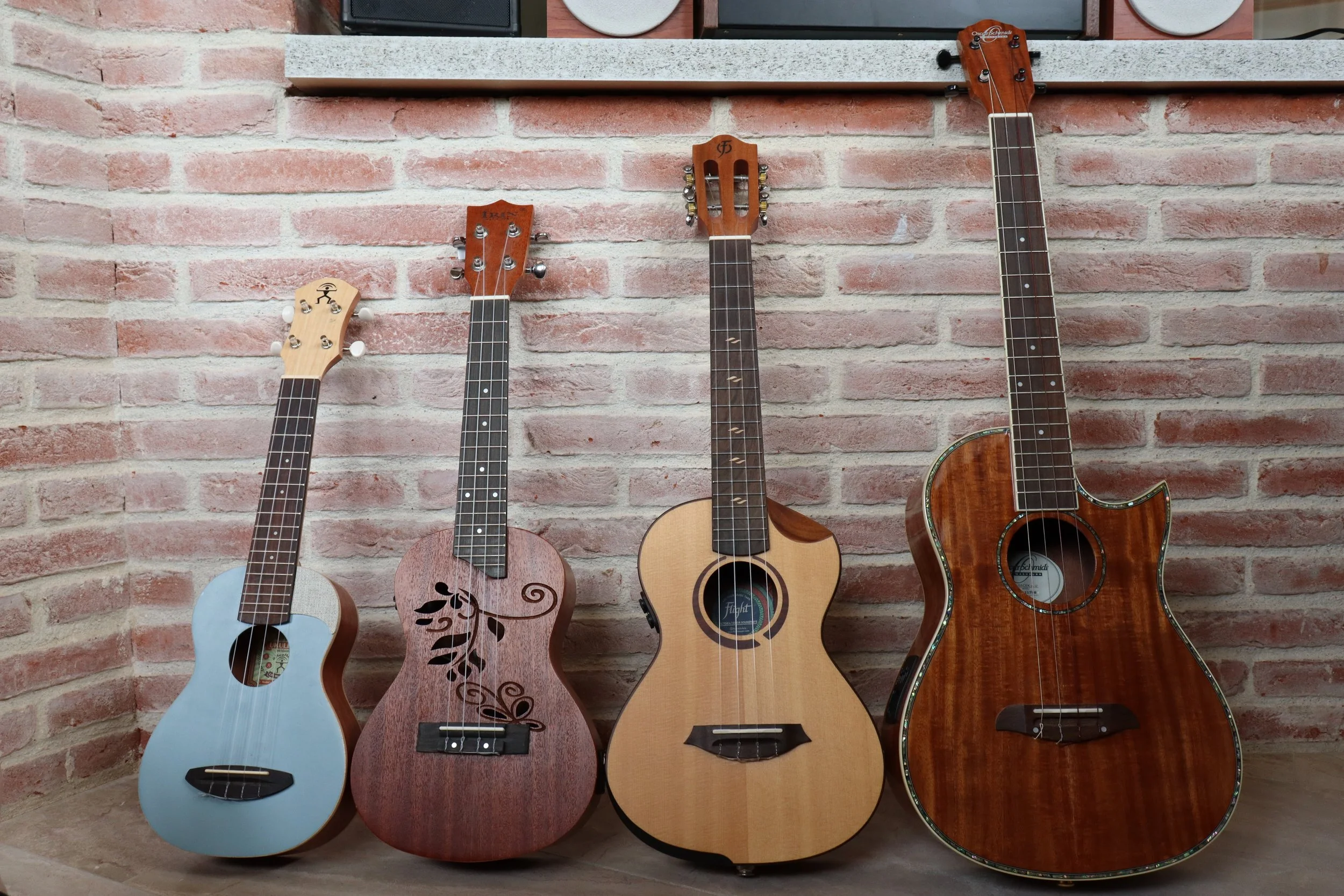

 Kala KA-15S Soprano Ukulele
Kala KA-15S Soprano Ukulele
 Luna Guitars Ukulele Concert Tattoo PU
Luna Guitars Ukulele Concert Tattoo PU
 Fender Venice Soprano Ukulele 2TS WN
Fender Venice Soprano Ukulele 2TS WN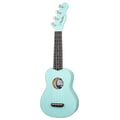

 Martin Guitars T1K Tenor Ukulele
Martin Guitars T1K Tenor Ukulele
 Cordoba 20CM Concert Ukulele
Cordoba 20CM Concert Ukulele
 Flight TUS35 Travel Ukulele DB
Flight TUS35 Travel Ukulele DB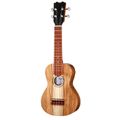
 Thomann Soprano Ukulele Standard
Thomann Soprano Ukulele Standard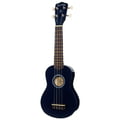
 Harley Benton UK-12 Soprano Ukulele Blue
Harley Benton UK-12 Soprano Ukulele Blue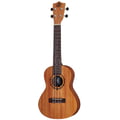
 Bumblebee Ukuleles BUC23 Concert Natural
Bumblebee Ukuleles BUC23 Concert Natural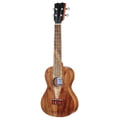
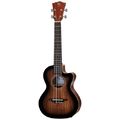
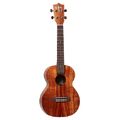
 Kamaka Tenor HF-3
Kamaka Tenor HF-3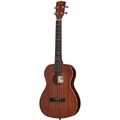
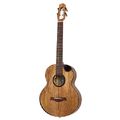
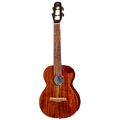
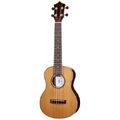
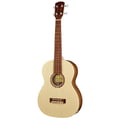
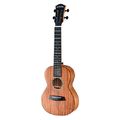
 Cascha HH2348 Acacia Concert Ukulele
Cascha HH2348 Acacia Concert Ukulele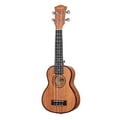
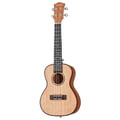



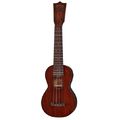


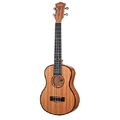



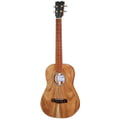




 Taylor GS Mini Mahogany
Taylor GS Mini Mahogany




 Felipe Conde CE-3 Cedar
Felipe Conde CE-3 Cedar









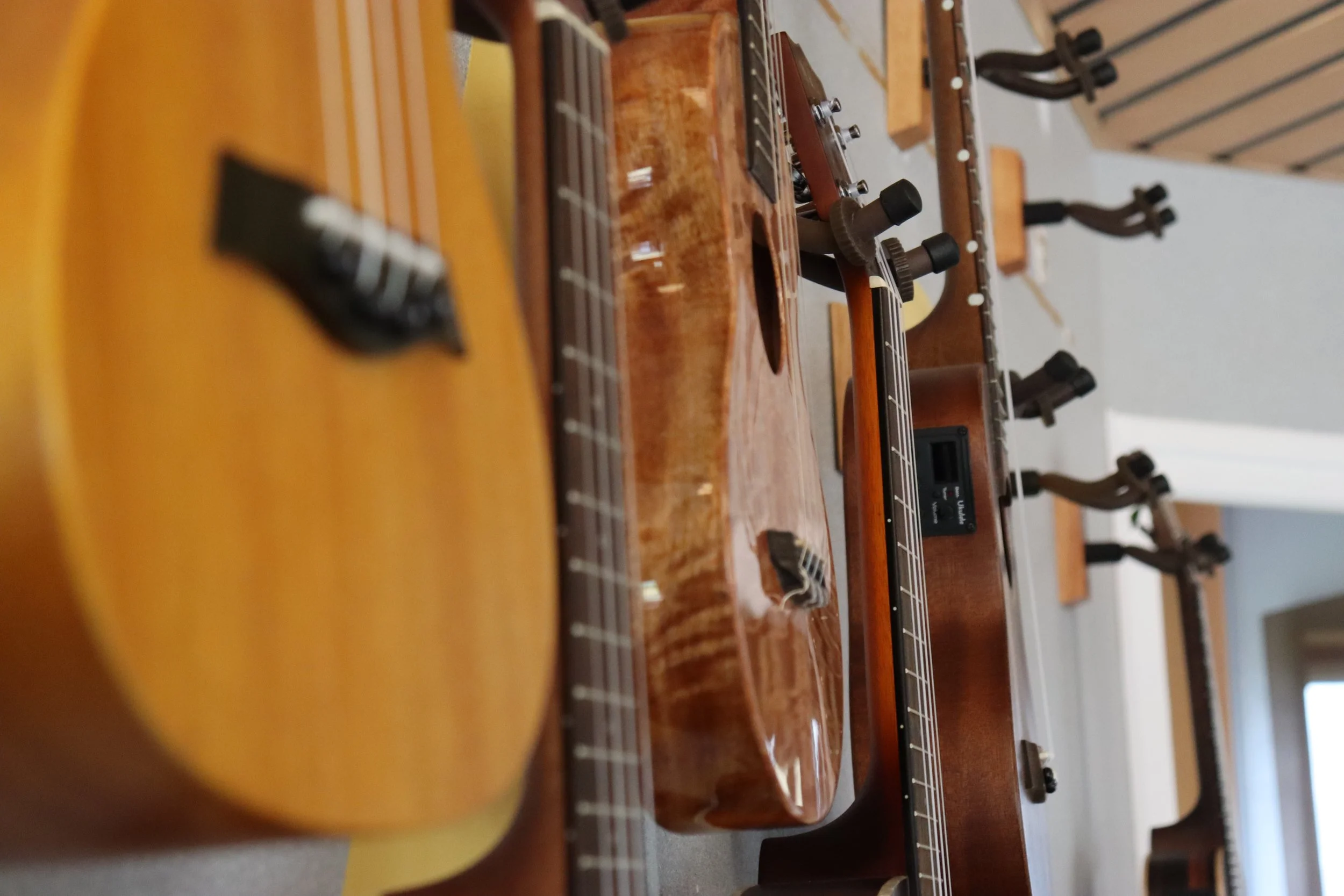

 Mahalo Kahiko Soprano Trans Brown
Mahalo Kahiko Soprano Trans Brown
